
|
On Class Street |
||||||
|
|
||||||

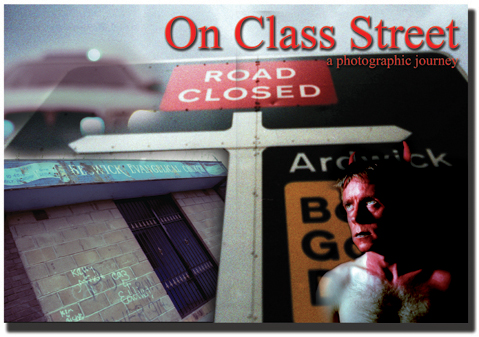
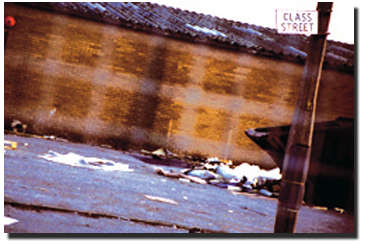 The
book documents, creatively, what it was like growing up, living and
working on an extremely large council estate called Beswick, in inner
city Manchester during the eighties. It is ironic that one of the main
areas of employment for local working class people (a large industrial
estate) was called Class Street. This book takes the reader on a journey
through one of the most dramatic periods of social change that
Manchester has ever seen. The area of Beswick suffered extreme high
unemployment, and just as badly from the negative stereotyping of its
inhabitants. Parts of the book successfully counter these negative
stereotypes. Beswick is an area that is representative of many other
council estates across the United Kingdom.
The
book documents, creatively, what it was like growing up, living and
working on an extremely large council estate called Beswick, in inner
city Manchester during the eighties. It is ironic that one of the main
areas of employment for local working class people (a large industrial
estate) was called Class Street. This book takes the reader on a journey
through one of the most dramatic periods of social change that
Manchester has ever seen. The area of Beswick suffered extreme high
unemployment, and just as badly from the negative stereotyping of its
inhabitants. Parts of the book successfully counter these negative
stereotypes. Beswick is an area that is representative of many other
council estates across the United Kingdom. 
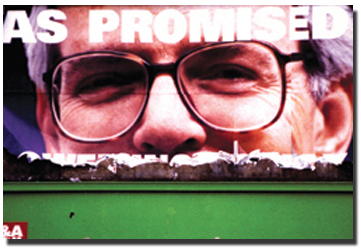
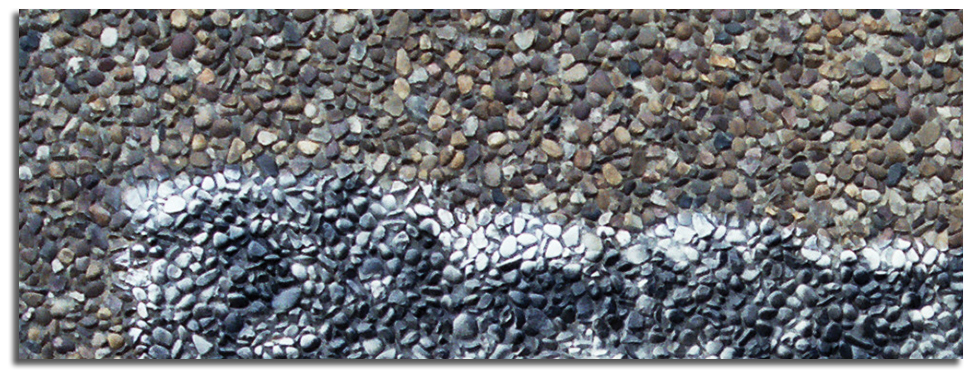

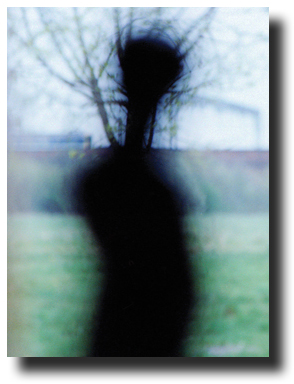
 deviant, and this is before anybody has spoken to him, let alone knows
him. I have used a quote from the theoretician
and psychologist, Winnicott. It is next to the photo-montage at the top
of this page (when I look, I am seen so
I exist...), it is also used in my book, on page 70. This particular
quote concerns mirroring and the gaze of the mother. Winnicott's (and
others) concept of mirror reactions is also about the infant 'gaining'
an 'identity' through the mothers gaze. My use of Winnicott's idea has
been put to use in a metaphorical sense. The infant (me) and important
role models from within my local environment (surrogate mother). The
quotation is juxtaposed next to
an image of me in which I have undergone a psychological transformation,
taking on an unreal identity (phantasy). This is how I was made to feel
when I was a child, a part of my (and others) fragmented identity. Once
an identity has been found, this identity 'exists'. This identity, or
this 'other self', was not 'created' by me alone. Rather, I had
internalized and synthesized the 'gaze' of various institutional figures
from religion, law, and education during the course of my childhood
development. It was how I perceived that I was being perceived by
certain figures that played important roles in my life. The image
reflected in the mirror is not entirely my own, but the complex gaze of
the 'surrogate' mother.
deviant, and this is before anybody has spoken to him, let alone knows
him. I have used a quote from the theoretician
and psychologist, Winnicott. It is next to the photo-montage at the top
of this page (when I look, I am seen so
I exist...), it is also used in my book, on page 70. This particular
quote concerns mirroring and the gaze of the mother. Winnicott's (and
others) concept of mirror reactions is also about the infant 'gaining'
an 'identity' through the mothers gaze. My use of Winnicott's idea has
been put to use in a metaphorical sense. The infant (me) and important
role models from within my local environment (surrogate mother). The
quotation is juxtaposed next to
an image of me in which I have undergone a psychological transformation,
taking on an unreal identity (phantasy). This is how I was made to feel
when I was a child, a part of my (and others) fragmented identity. Once
an identity has been found, this identity 'exists'. This identity, or
this 'other self', was not 'created' by me alone. Rather, I had
internalized and synthesized the 'gaze' of various institutional figures
from religion, law, and education during the course of my childhood
development. It was how I perceived that I was being perceived by
certain figures that played important roles in my life. The image
reflected in the mirror is not entirely my own, but the complex gaze of
the 'surrogate' mother.